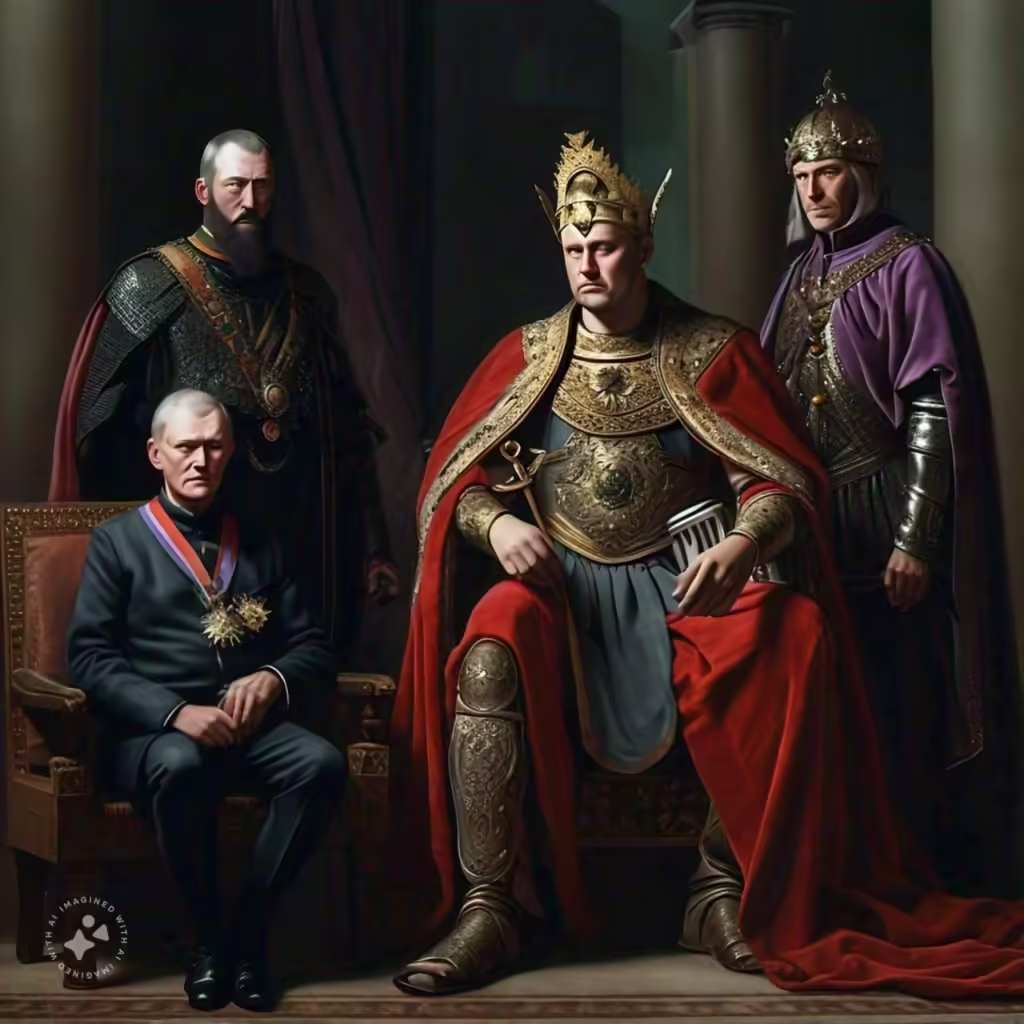Throughout history, rulers have shaped nations and cultures, but some have left a legacy of suffering and terror. Here, we delve into the worst rulers in history — tyrants who inflicted unimaginable cruelty, caused political and social devastation, and left a stain on the past. From their rise to power to the horrors they unleashed, these rulers serve as a chilling reminder of the dangers of unchecked authority.
The Legacy of the Worst Rulers in History
Across continents and centuries, rulers with absolute power have often turned to destructive tactics to control their nations. Tyrants like Nero, Caligula, Ivan the Terrible, and Leopold II of Belgium used fear and violence to enforce their rule, leaving behind haunting legacies.
Let’s look at some of the most infamous rulers whose actions have marked them as the worst in history.
1. Emperor Nero (37–68 AD)
Nero, the Roman Emperor, is remembered for his cruelty and neglect. He famously ordered executions of family members, engaged in ruthless persecution, and allegedly set Rome on fire to clear land for his palace. His rule marked a period of intense fear and instability for Romans.
Key Events:
- Ordered the death of his own mother, Agrippina, to secure power.
- Blamed Christians for the Great Fire of Rome and ordered their execution.
- Spent lavishly, weakening Rome’s finances and infrastructure.
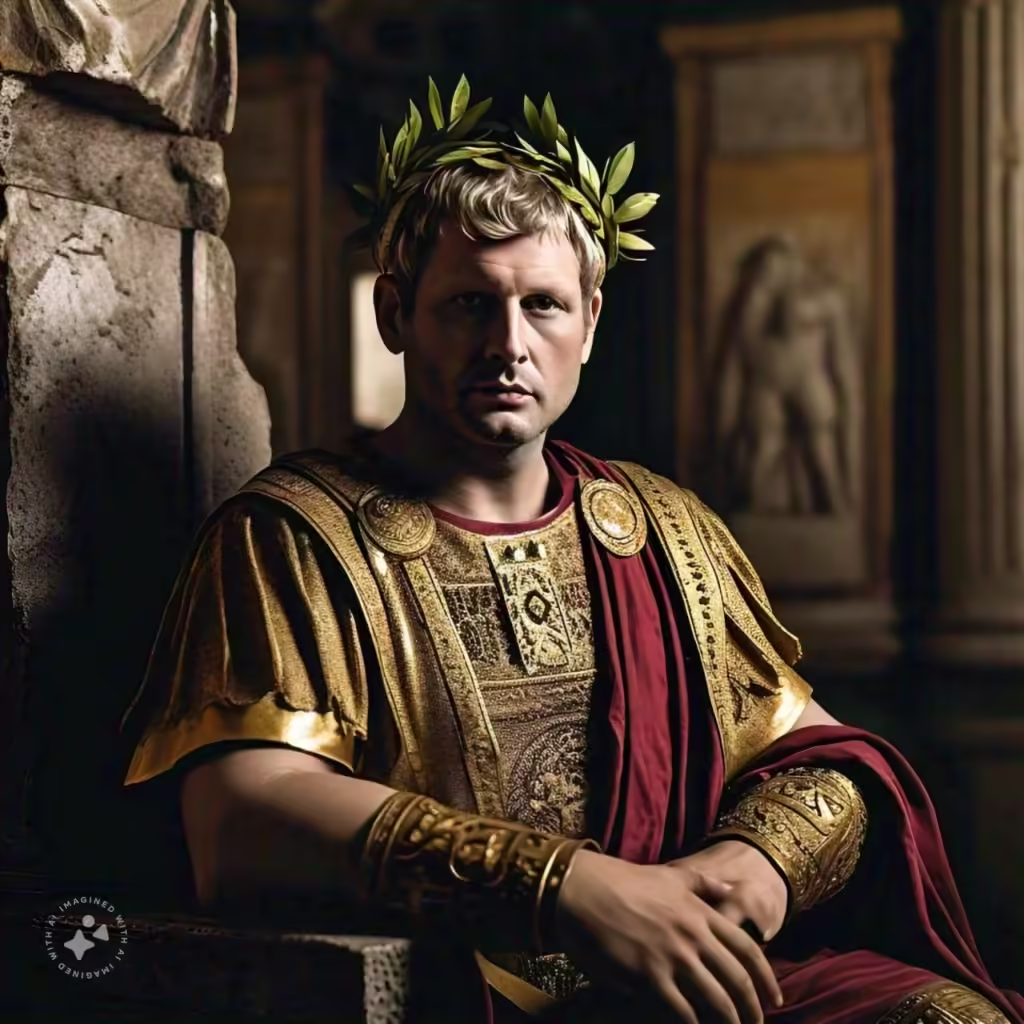
2. Caligula (12–41 AD)
Caligula’s reign as Roman Emperor was marked by insanity and violence. Initially welcomed as a ruler, his behavior became erratic and cruel after he fell ill. He executed close allies, humiliated senators, and even declared himself a god.
Key Events:
- Had statues of himself erected across Rome and demanded worship.
- Engaged in bizarre practices, such as appointing his horse to a high office.
- Ordered random executions to assert his power, creating widespread terror.
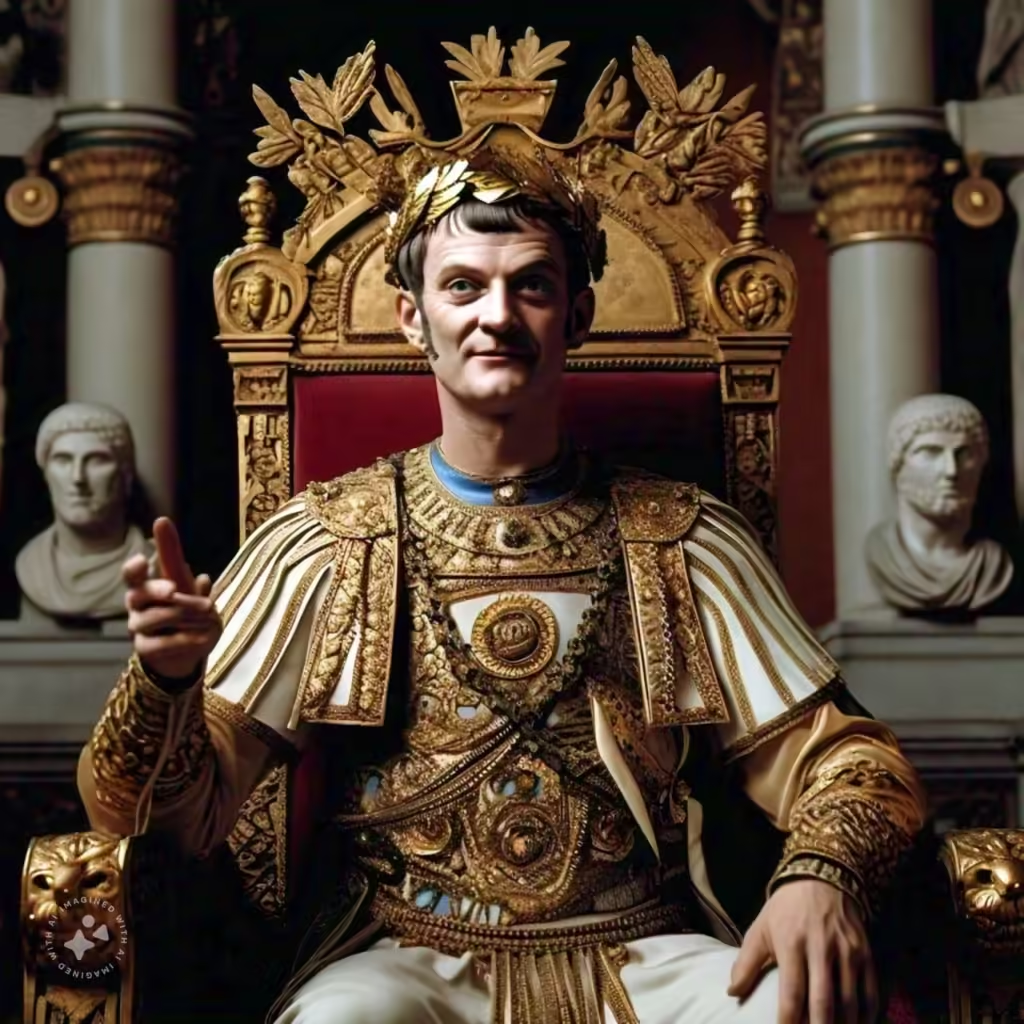
3. Ivan the Terrible (1530–1584)
Ivan IV, better known as Ivan the Terrible, was the first Tsar of Russia. His early rule introduced reforms, but he soon turned to brutal measures. His Oprichniki, a private army, terrorized the Russian population, and he even killed his own son.
Key Events:
- Created the Oprichniki to enforce his rule through fear.
- Launched brutal campaigns against suspected disloyal nobles.
- Killed his heir in a fit of rage, causing Russia’s leadership crisis.
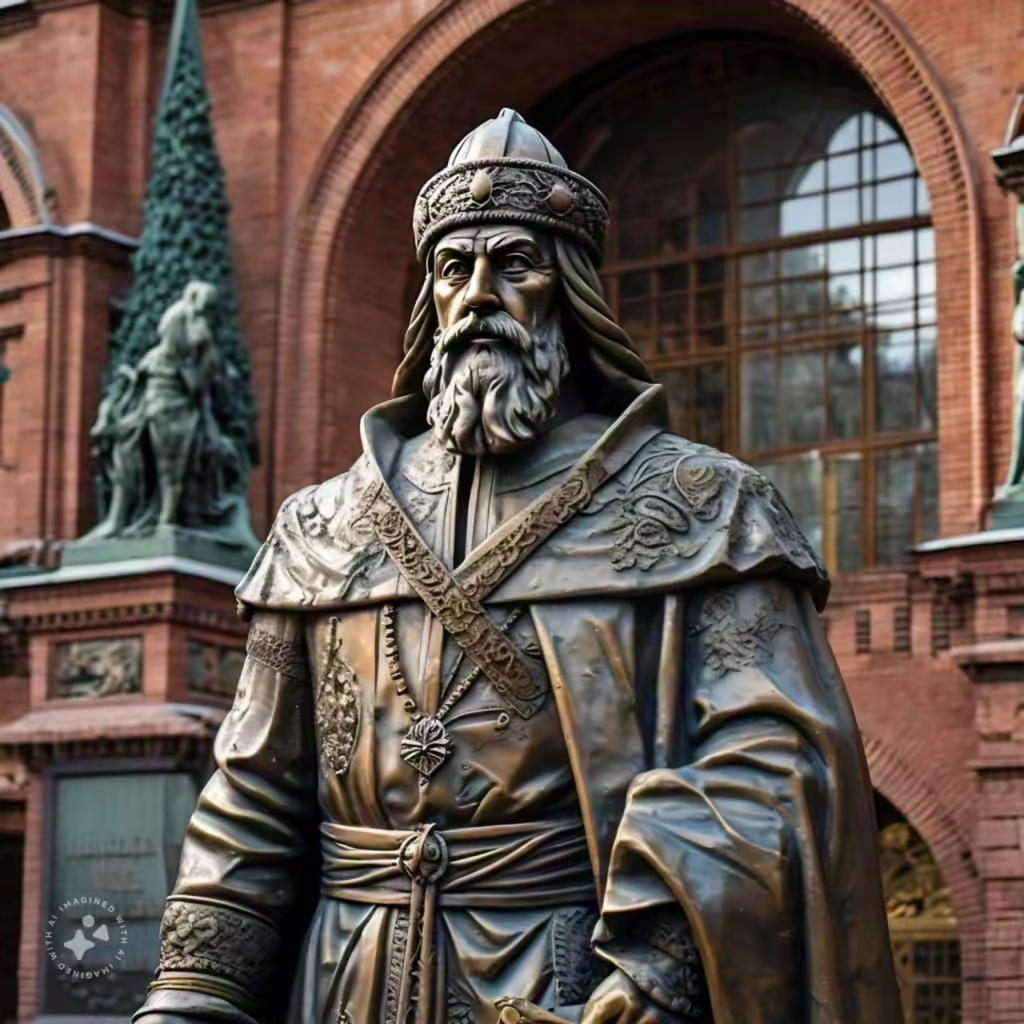
4. Leopold II of Belgium (1835–1909)
Leopold II’s rule over the Congo Free State is widely regarded as one of the darkest chapters in colonial history. Motivated by personal profit, he turned the Congo into a forced labor camp, causing millions of deaths through violence, starvation, and disease.
Key Events:
- Exploited Congolese resources, especially rubber, through forced labor.
- Introduced a quota system where those failing to meet targets faced severe punishment, including mutilation.
- His regime’s brutality led to international outcry and forced Belgium to annex Congo.
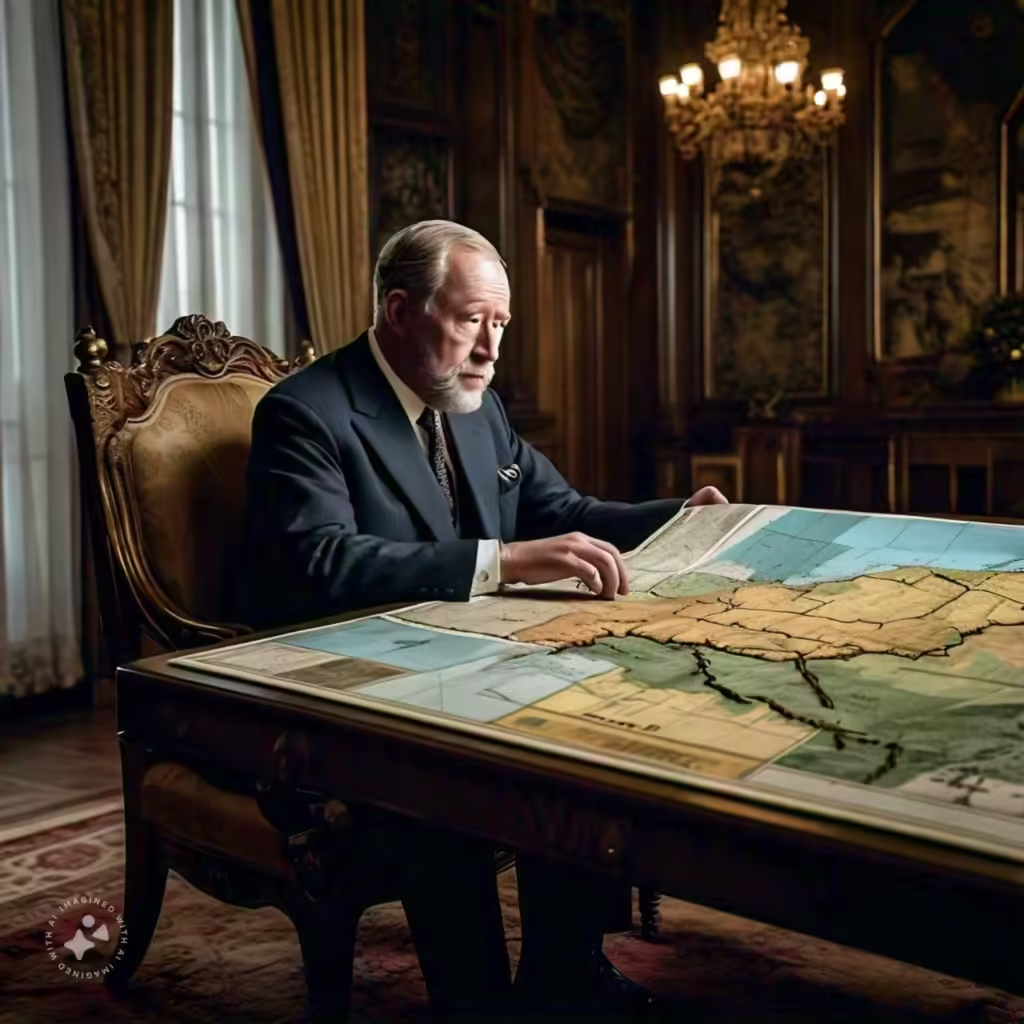
5. Adolf Hitler (1889–1945)
Adolf Hitler, the leader of Nazi Germany, brought the world to the brink of destruction. His policies led to World War II and the Holocaust, resulting in the deaths of over 60 million people worldwide.
Key Events:
- Initiated policies that led to the persecution and extermination of six million Jews.
- Expanded German territory aggressively, leading to World War II.
- Left Germany in ruins, impacting Europe for generations.
Common Traits of the Worst Rulers
What makes these rulers the worst in history? Examining their legacies, we find common traits that contributed to their infamy:
- Absolute Power: Many of these rulers held unchecked authority, allowing them to act without accountability.
- Brutality: Each of these leaders inflicted violence and oppression to maintain control.
- Paranoia and Distrust: Many acted out of deep-seated paranoia, targeting anyone they perceived as a threat.
Lessons from History’s Worst Rulers
These rulers are reminders of the dangers of totalitarianism and unchecked power. Understanding their histories helps us recognize the importance of democratic values, accountability, and respect for human rights.
In learning about these tyrants, we find not only historical insights but also lessons relevant to modern governance and society. Ensuring that power remains accountable can prevent future generations from enduring such horrors.
Hear The Audio.
Support Us By Sharing Our Content!
FAQs
1. Who is considered the worst ruler in history?
There isn’t a single answer, but figures like Nero, Ivan the Terrible, Leopold II, and Adolf Hitler are often cited for their brutality.
2. How did Ivan the Terrible earn his title?
Ivan’s brutal treatment of the Russian people, his violent methods, and his paranoia contributed to his reputation as “terrible.”
3. What did Leopold II do in the Congo?
Leopold II exploited the Congo for resources, forcing millions into labor under brutal conditions, causing widespread suffering and death.
4. Why did Caligula appoint his horse to office?
Historians suggest Caligula did this either as a mockery of the Roman Senate or as a sign of his eccentricity and insanity.
5. What is the legacy of these rulers today?
Their legacies serve as reminders of the importance of ethical leadership and the need to avoid centralizing power in the hands of one individual.
